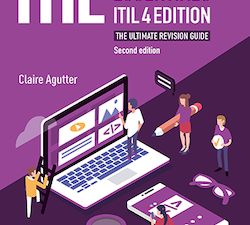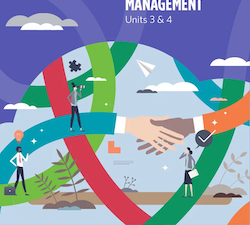ITIL4 DSV
- Description
- Curriculum
- Reviews

The ITIL 4 Specialist: Drive Stakeholder Value (DSV) certification equips IT professionals to manage interactions between service providers and stakeholders, including customers, users, suppliers, and partners. It emphasizes key concepts such as customer experience (CX), user experience (UX), and journey mapping to enhance stakeholder engagement and value creation.
Part of the ITIL Managing Professional stream, DSV prepares candidates to optimize stakeholder journeys, build trusted relationships, and align services with organizational goals. Incorporating design thinking, the module helps professionals deliver innovative, user-centric solutions. Prerequisite for enrollment is the ITIL 4 Foundation certification, and the qualification also serves as a step toward achieving the ITIL 4 Managing Professional designation. Starting 2023, this certification requires renewal every three years to ensure continued relevance.
-
7Understand the concepts of mutual readiness and maturity
-
8Understand the different supplier and partner relationship types, and how these are managed
-
9Know how to develop customer relationships
-
10Know how to analyse customer needs
-
11Know how to use communication and collaboration activities and techniques
-
12Know how the relationship management practice can be applied to enable and contribute to fostering relationships
-
13Know how the supplier management practice can be applied to enable and contribute to supplier and partner relationships management
-
14Understand methods for designing digital service experiences based on value-driven, data-driven and user-centred service design
-
15Understand approaches for selling and obtaining service offerings
-
16Know how to capture, influence and manage demand and opportunities
-
17Know how to collect, specify and prioritise requirements from a diverse range of stakeholders
-
18Know how the business analysis practice can be applied to enable and contribute to requirement management and service design
-
22Understand key transition, onboarding and offboarding activities
-
23Understand the ways of relating with users and fostering user relationships
-
24Understand how users are authorized and entitled to services
-
25Understand different approaches to mutual elevation of customer, user and service provider capabilities
-
26Know how to prepare onboarding and offboarding plans
-
27Know how to develop user engagement and delivery channels
-
28Know how the service catalogue management practice can be applied to enable and contribute to offering user services
-
29Know how the service desk practice can be applied to enable and contribute to user engagement
-
30Understand how users can request services
-
31Understand methods for triaging of user requests
-
32Understand the concept of user communities
-
33Understand methods for encouraging and managing customer and BL2 user feedback
-
34Know how to foster a service mindset (attitude, behaviour and culture)
-
35Know how to use different approaches to provision of user services
-
36Know how to seize and deal with customer and user ‘moments of truth'
-
37Know how the service request management practice can be applied to enable and contribute to service usage
-
38Understand methods for measuring service usage and customer and user experience and satisfaction
-
39Understand methods to track and monitor service value (outcome, risk, cost and resources)
-
40Understand different types of reporting of service outcome and performance
-
41Understand charging mechanisms
-
42Know how to validate service value
-
43Know how to evaluate and improve the customer journey
-
44Know how the portfolio management practice can be applied to enable and contribute to service value realization







